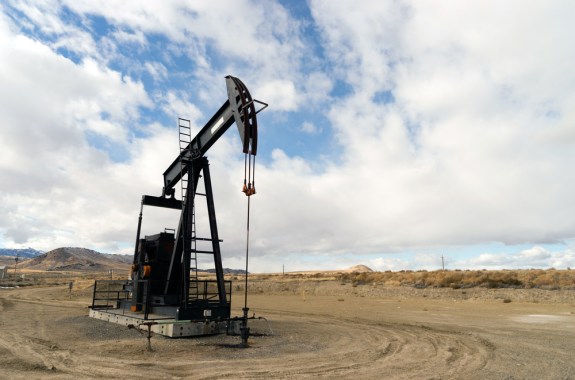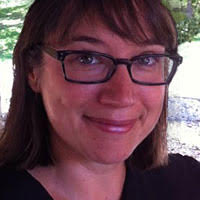Many kids in the state of Colorado pass a drill rig on their way to school, thanks to the state’s oil and gas boom. Colorado teachers are now bringing the boom to the classroom, introducing students to the science of hydraulic fracturing, or fracking, and to the impacts of fracking and other technologies used to extract oil and gas.
Fracking is the process of blasting and injecting a high-pressure mixture of water, sand, and chemicals into wells drilled deep into the ground. The fractures become pathways for oil and gas to escape from subterranean layers of rock for collection at the surface. Fracking is not a new technology; it’s been used for decades. Originally fracking was limited to wells drilled vertically. However, a new drilling process allows the drill bit to tunnel downward and then turn horizontally through layers of shale rock that hold oil and gas. By tunneling horizontally, oil and gas companies are able to draw from a much larger area per well, fracking up to 100 times more than an old-fashioned vertical well.
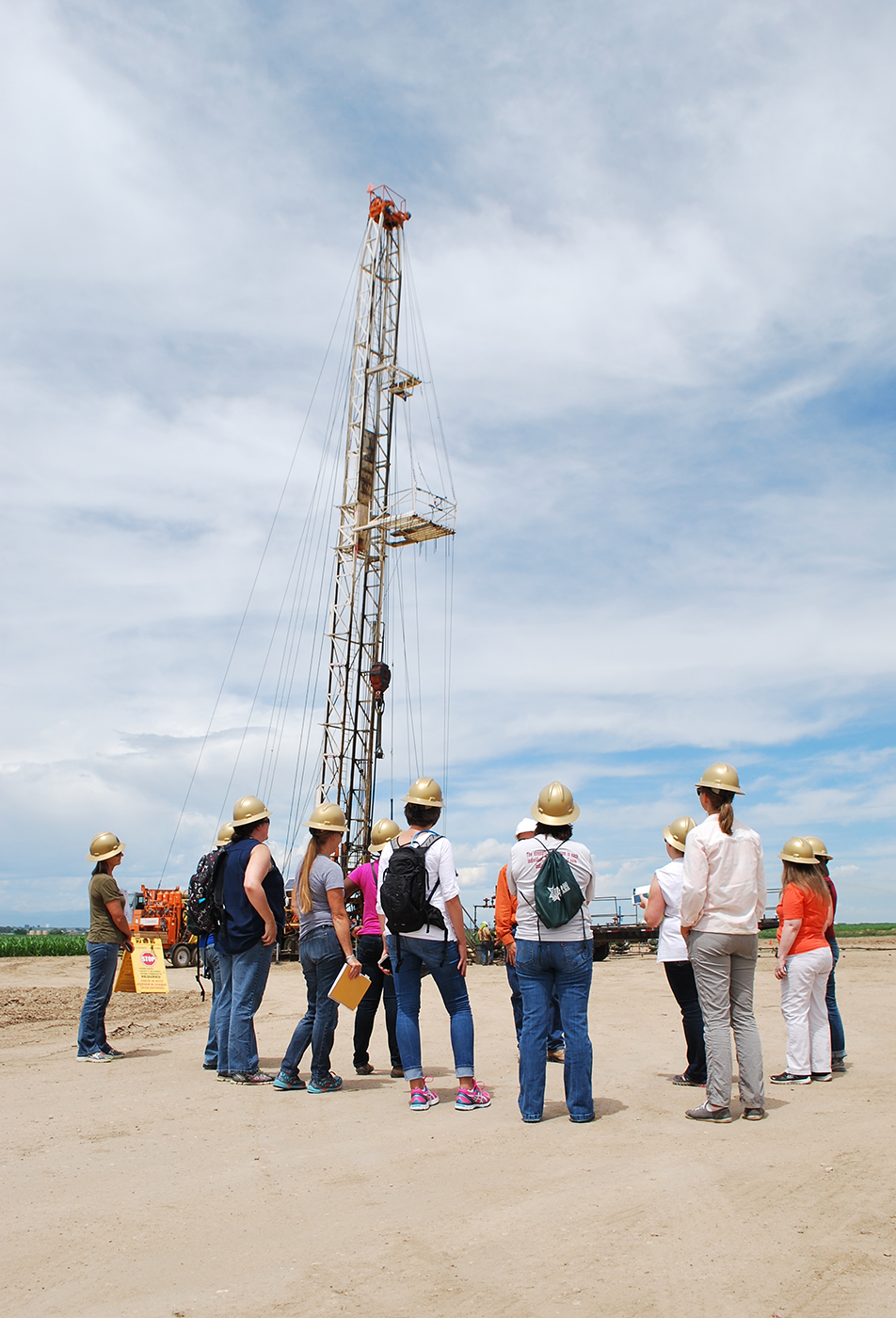
Eight middle and high school science teachers from Colorado communities whose economies have been affected by the oil and gas industry spent last summer working with scientists and engineers to develop classroom activities designed to teach students about fracking and fossil fuel extraction, the effects on local environments and economies, and the impact on global climate change. They were Teachers-in-Residence with the AirWaterGas Sustainability Research Network, funded by the National Science Foundation, which explores how Colorado’s oil and gas boom affects the environment, economy, and communities.
This school year their students are learning what is happening underground by fracking model wells. Some will collect data to observe how drilling affects air quality. Others will explore water contamination data. Students will examine how oil and gas development changes land use in their communities, and how much heat gets trapped by the greenhouse gasses that are released by oil and gas development.
AirWaterGas Teacher-in-Residence Eileen Duncan believes it’s essential to teach about fracking since her students live in Weld County—the current epicenter of Colorado’s oil and gas development.
“Most of my students either have family members who work in the industry, know someone who does, or are part of a family who is impacted by the industry, whether it is because they have a [well] pad on their farmland, or they live near a site,” says Duncan.
Weld County, in Northeast Colorado, has transformed over the past few years from a landscape of quiet farms and prairie into an area buzzing with the hum of oil and gas rigs drilling day and night while semi-trailer trucks crisscross the county, hauling crude oil and water. In the first 10 months of 2015, more than 1,600 drilling permits were approved for new oil and gas wells in Weld County. As of December 2015, there were 22,695 active wells in the county.
Ask any group of Coloradoans what they think of oil and gas drilling and fracking, and you will get a variety of responses. Some Coloradans see the economic benefit and are strongly supportive. Other Coloradans see the environmental concerns and are strongly opposed to drilling and fracking. It’s a polarizing topic.
Duncan says that her students often carry their families’ biases into science class. “As my students listen to their family members talk about fracking or discuss their day working on a site, many students get a skewed idea of what is really going on,” says Duncan. Exploring a contentious issue like fracking through the lens of science can help students understand the facts and make up their own minds about the benefits and risks.
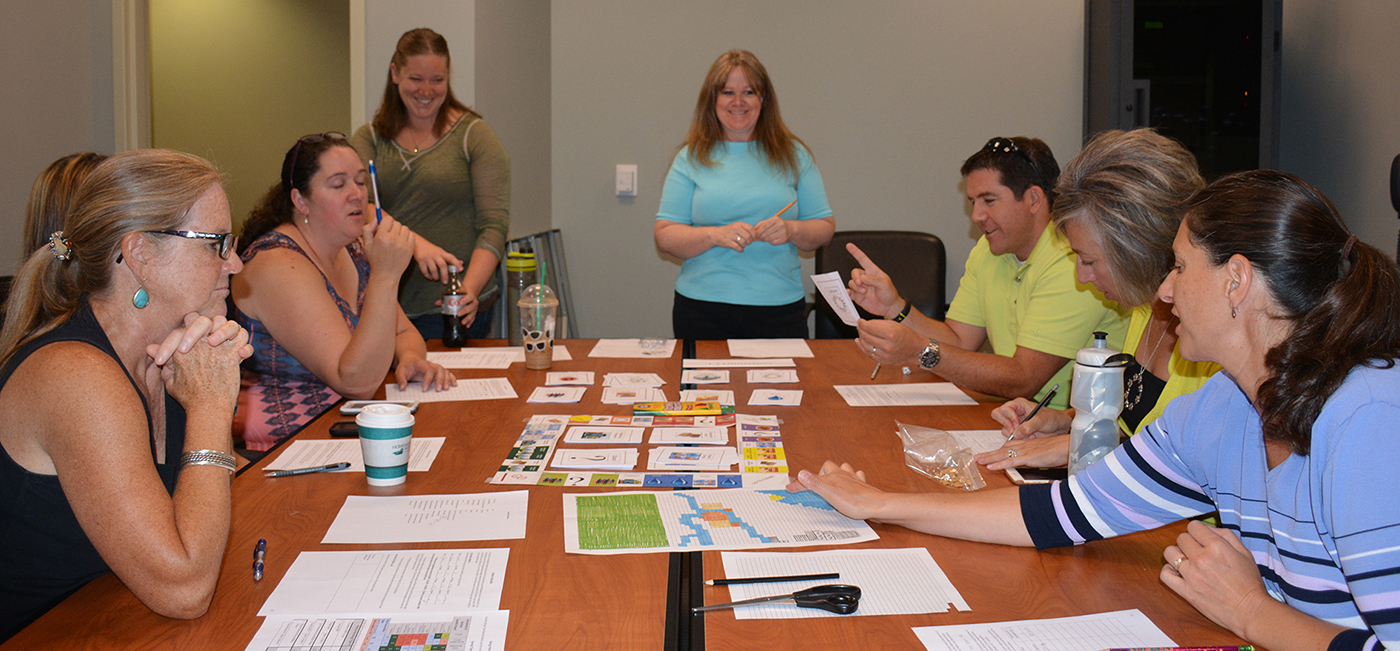
Photo by L.S. Gardiner
As part of her curriculum, Duncan developed the Boomtown Game, which uses a Monopoly-like board to intertwine the science and engineering of drilling and fracking, the economics and politics of funding underground exploration, and the impact on land use and community growth. In the game, students create their own town, work together to run the town, and decide how the community will grow and how oil and gas development will unfold.
“This game requires students to use their creativity, problem-solving skills, and analytical skills in order to be successful,” says Duncan. “I think it’s important for students to experience how adults use these skills in the real world and to understand that our decisions have an impact on the world we live in.”
Teacher-in-Residence Sarah Johnson’s students will grow plants that act as bellwethers for ozone pollution. (Their leaves deteriorate with high ozone pollution levels.) Air pollution that harms plants is particularly concerning in an agricultural area like Weld County, whose economy still relies on healthy crops, despite the oil and gas boom. Johnson’s students will also delve into social science, surveying members of their community to learn what people value about the place where they live and whether the community thinks that the economic benefits of oil and gas outweigh the environmental concerns.
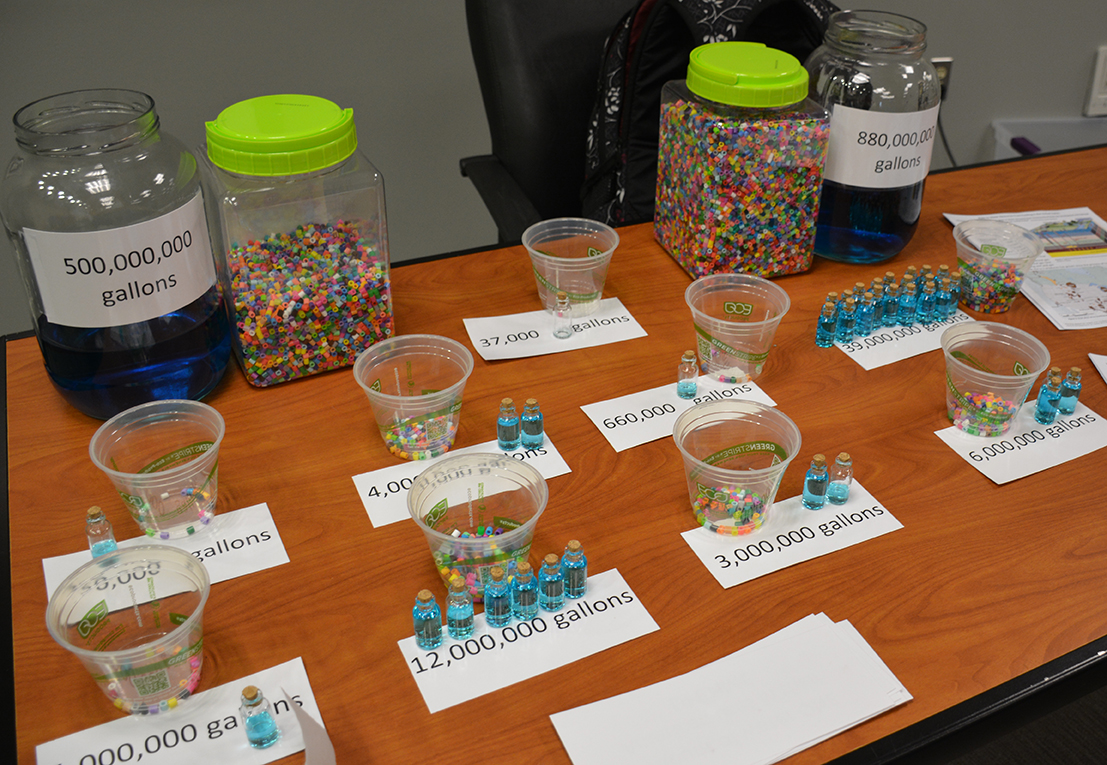
Photo by L.S. Gardiner
AirWaterGas researchers helped the teachers make sure their activities are based on sound research. And teachers are helping the researchers, too. For example, engineers Joanna Gordon and Michael Hannigan, from the University of Colorado, are studying the effect of the oil and gas boom on air quality. Duncan and Johnson use air-monitoring equipment to help them collect pollution data at their schools in Weld County.
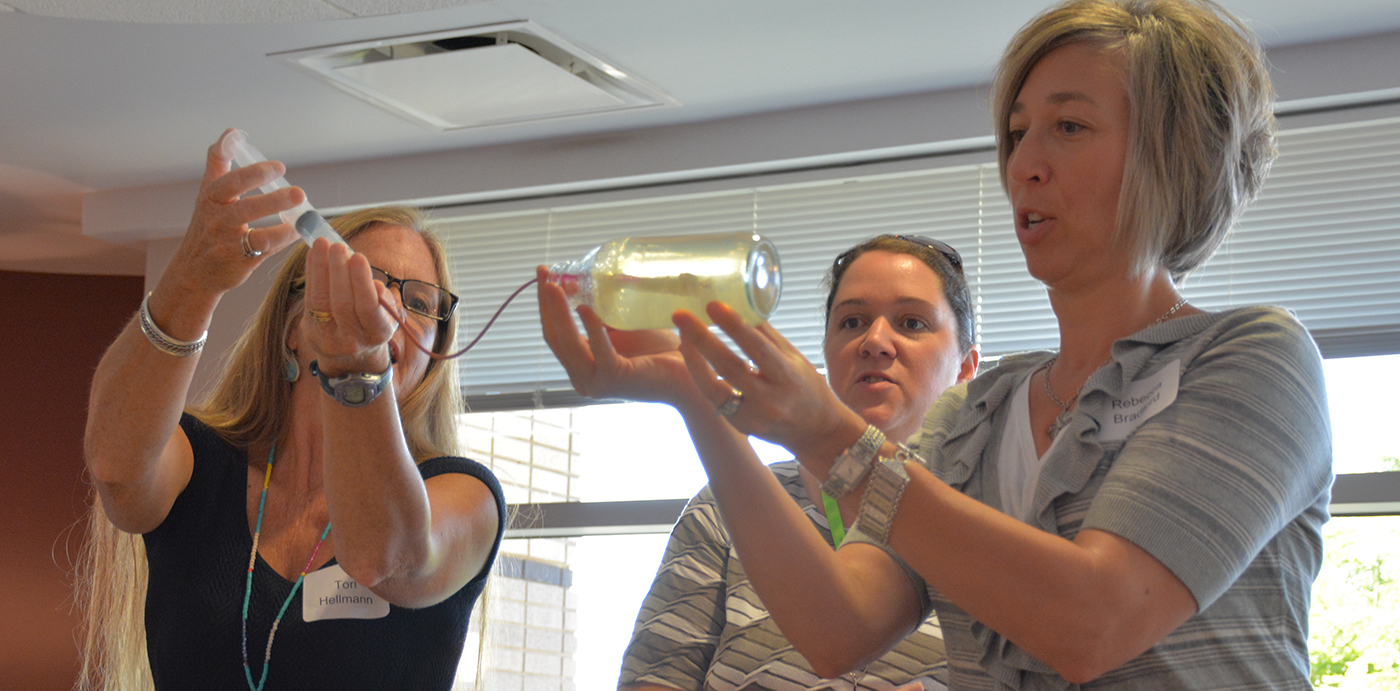
The classroom activities that Duncan, Johnson, and six other AirWaterGas Teachers-in-Residence created are freely available online at the AirWaterGas Curriculum Page. In addition to Duncan’s Boomtown Game and Johnson’s Ecosystem Services in Your Community lessons, there are also instructions to engineer a well drilled into gelatin, to investigate the porosity of rocks to learn where oil and gas is found, and to play a game about the greenhouse gases released from fossil fuels. Another activity explores how much water hydraulic fracturing requires. All activities are aligned with the Next Generation Science Standards.
The AirWaterGas Teachers-in-Residence graduates hope the activities will fit into classrooms everywhere, because ultimately, we are all affected by oil and gas extraction. “You are impacted by its use through the fuel in your vehicles or environmental, social, and financial impacts,” notes Johnson. “It is an excellent example that ties science, math, and social studies together.”
Introducing students to science that is still an area of active research has another benefit, too: It helps student recognize that science is a continual process; there is always more to learn.
The author contributed to the development of the AirWaterGas program as part of UCAR’s involvement in the Sustainability Research Network, funded by the National Science Foundation.
Cover image: Wyoming Industrial Oil Pump Jack Fracking Crude Extraction Machine, from Shutterstock.
AirWaterGas Resources
Featured AirWaterGas Classroom Resources:
Meet the Writer
About Lisa Gardiner
@lisagard2Dr. Lisa S. Gardiner is a science writer and illustrator and leads K-12 formal education at the UCAR Center for Science Education. She creates educational experiences about weather and climate for blogs, websites, museum exhibits, classroom activities, and books.
